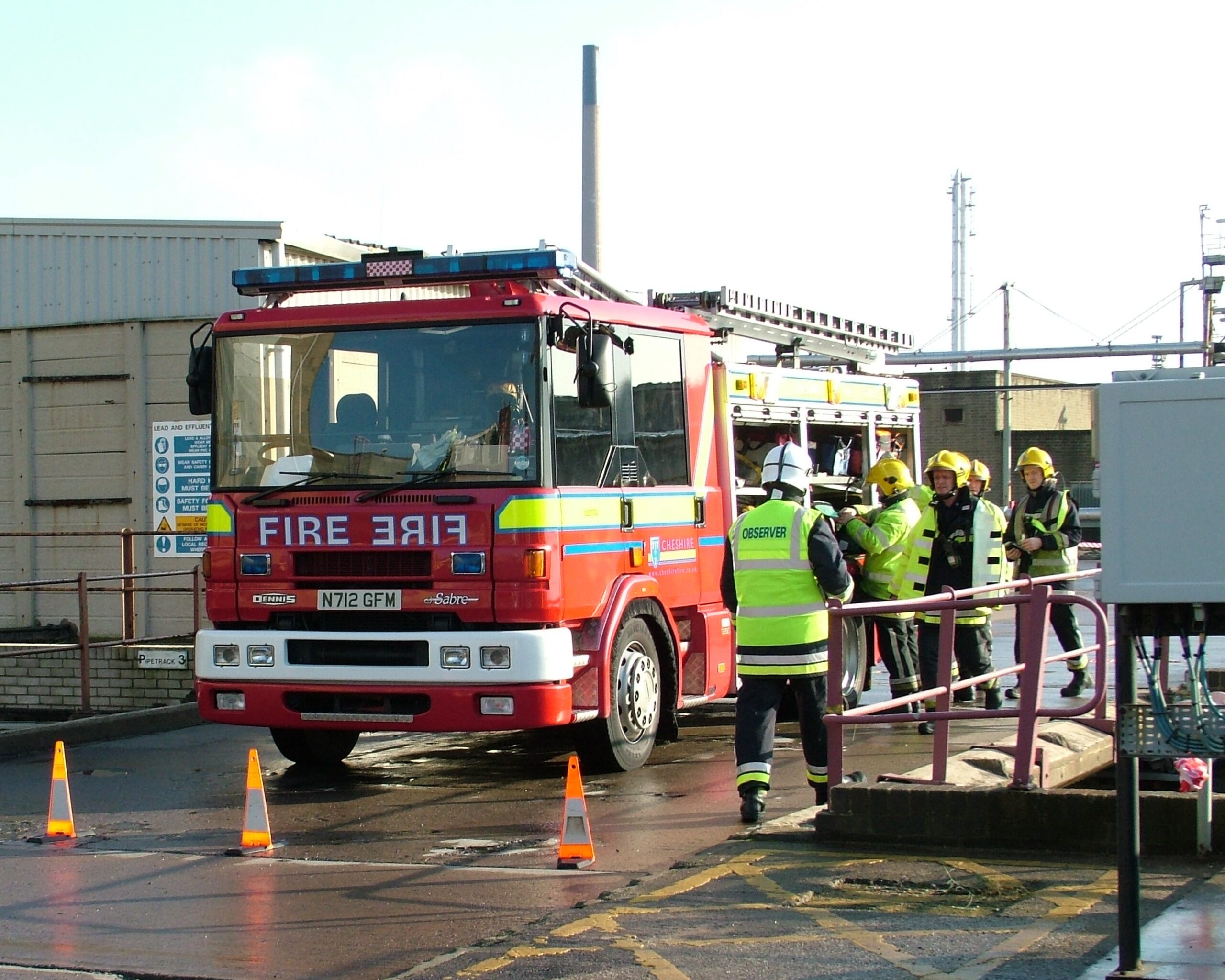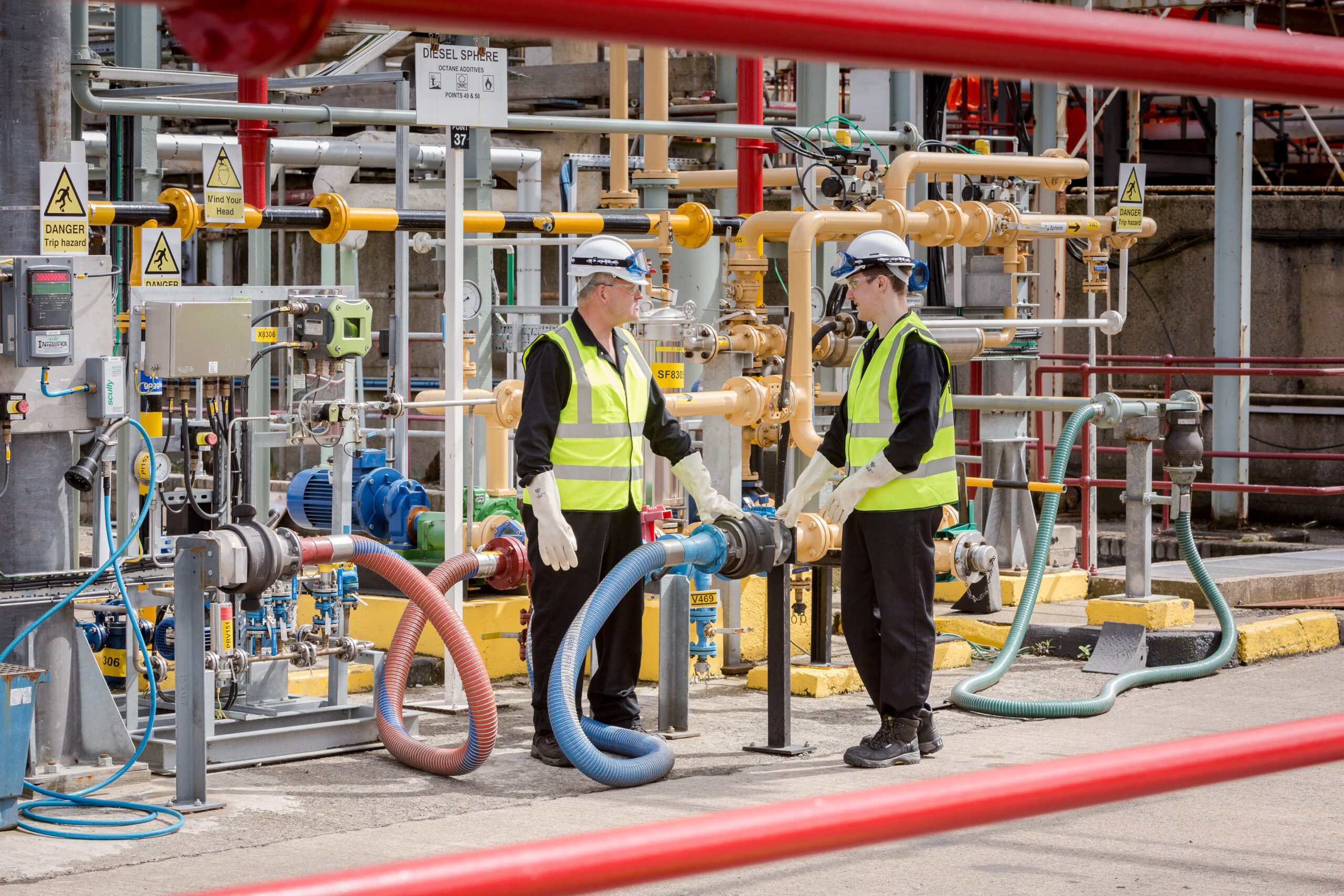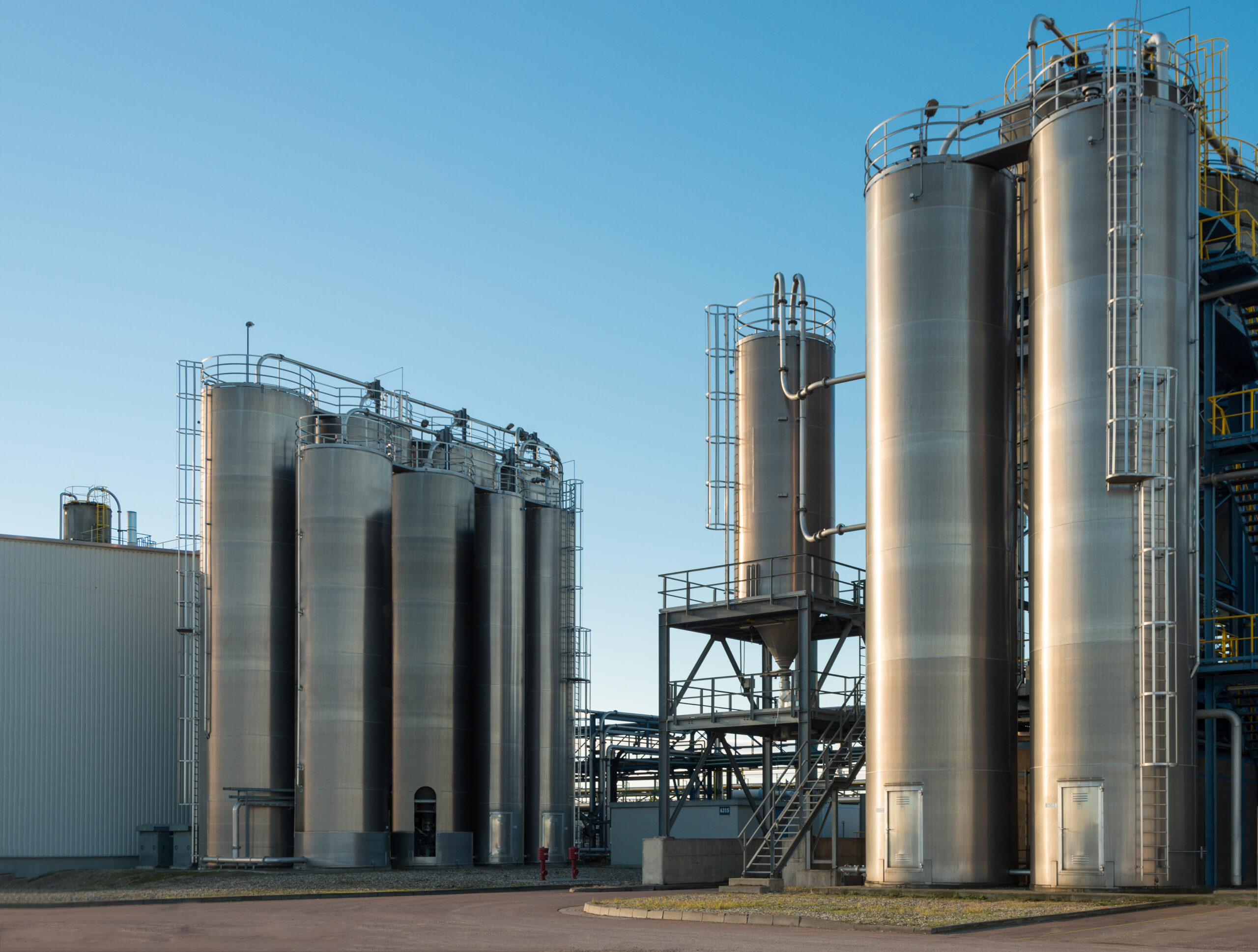Our process safety management
- Process safety standards
- Process safety audits
- Process safety performance indicators (PSPIs)
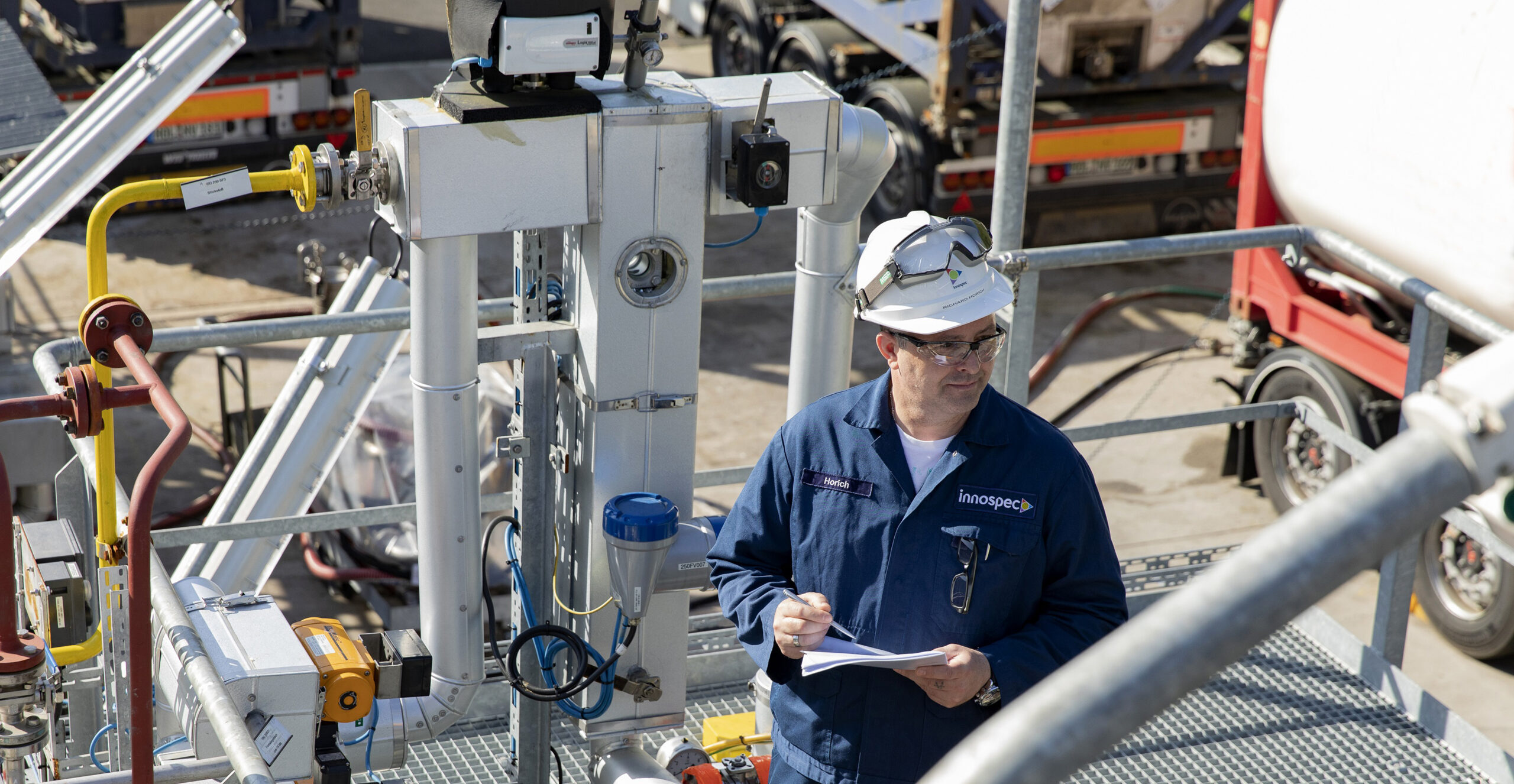

- Process safety leadership
- Start-up authorisation (SuA) procedure

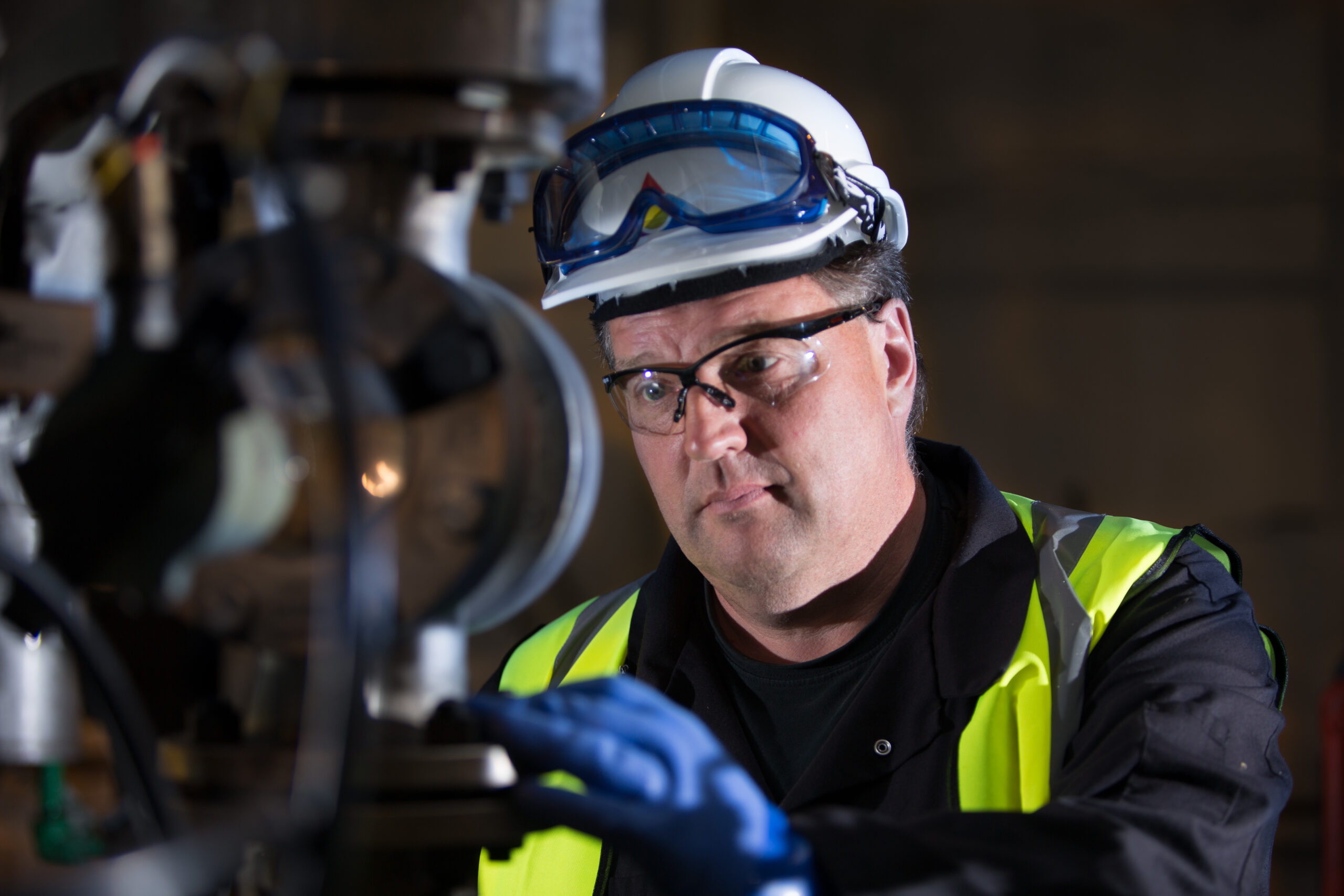
Process safety enhancements
- In 2022, we enhanced our Fire Protection Risk Assessment protocol by adding the requirement to evaluate and minimize the risk of business interruption in addition to the original concept of minimizing the risk to personnel.
- All manufacturing locations are due to have completed risk assessments by the end of 2023, after which time they will be reviewed on a 4-yearly cycle.
- In 2022, recognizing that there is no one solution that fits all with regards to reducing the risk of loss from fires involving packaged goods, we launched a new guidance document for manufacturing sites.
- The guidance recognizes the potential safety risks associated with storing quantities of flammable goods in packaged units, including IBCs & drums. It advises on dedicated flammable goods storage areas, separation from other facilities, reduction of inventories, reduced reliance on plastic packaging, containment requirements and possible fire suppression techniques.
- All manufacturing sites were visited in 2022 to review viable options for the reduction of risk from fires involving packed goods, alongside the development of appropriate action plans to address areas of potential concern.
- The international standard IEC 62305 has been chosen in 2022 as the Innospec Standard for Lightning Protection, applicable to all new and existing facilities.
- The IEC Standard calls for:
- A risk assessment to identify the potential consequences of a lightning strike on people, structures and electronic systems
- A comparison of the risk assessment outcome with tolerability criteria
- Selection of the appropriate lightning protection system where necessary
